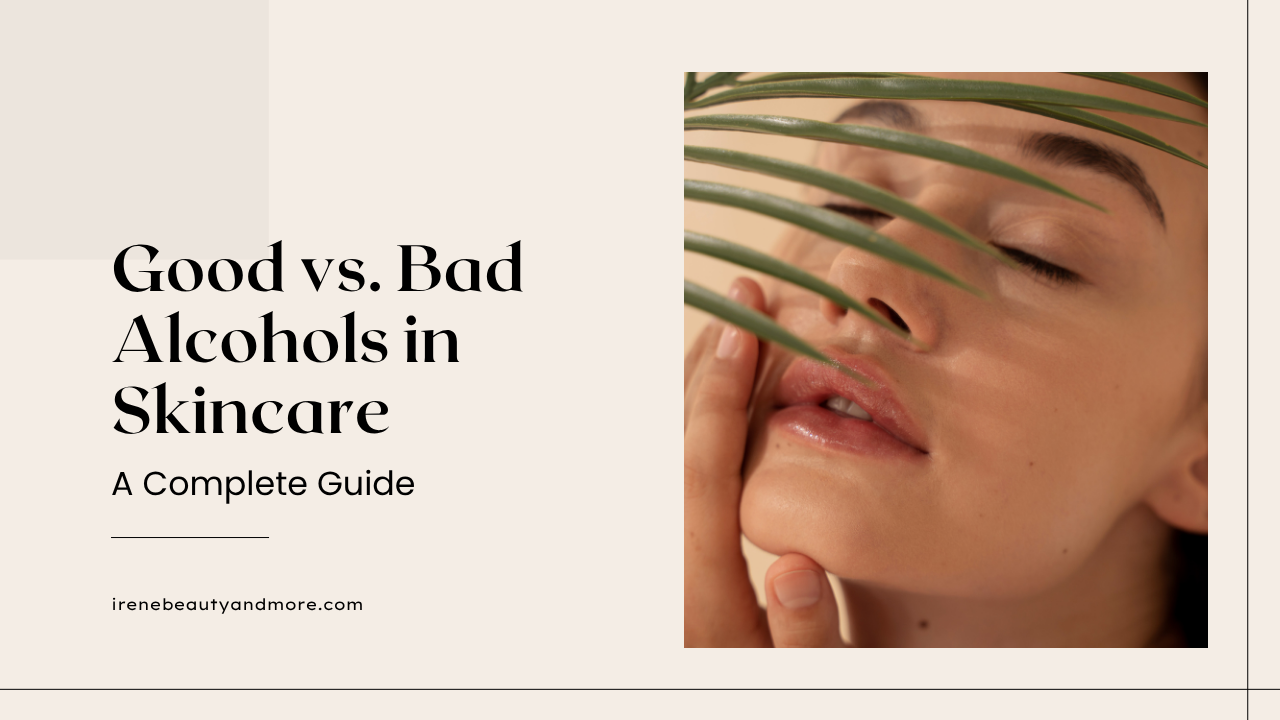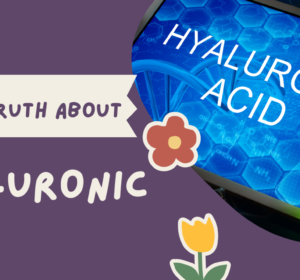Ever looked at your favourite moisturiser and wondered about those mysterious alcohols listed in the ingredients? Yeah, me too. It’s like trying to crack a secret code! Well, do not panic, because we’re going on a journey together, the quest to demystify the role of alcohols in skincare. In this blog post, we’re simplifying the message and getting real about what these alcohols mean for your precious skin. So, grab your favourite skincare product, kick back, and let’s sift through the facts and myths to unveil the truth about alcohol in skincare, because your skin deserves nothing but the real deal!

What are alcohols?
An alcohol is a type of organic compound that carries at least one hydroxyl functional group bound to a saturated carbon atom. An alcohol can be as simple as the well-known ethanol or ethylic alcohol, or as complicated as the cholesterol molecule.
The presence of the hydroxyl group strongly modifies the properties of the hydrocarbon chain. The molecule carrying the hydroxyl group becomes more hydrophilic. As an example, as everybody knows, ethanol is a liquid. However, the hydrocarbon chain analogue to ethanol, ethane, is a gas under the same conditions. The only presence of the hydroxyl group changes the hydrocarbon skeleton from gas to liquid phase.

What are the Benefits of Using Alcohols in skincare?
Alcohols in skincare may have different functions. They are a widely used ingredient that is part of the formula in makeup, skincare, fragrances, oral care, and hair care products, among others.
Alcohols in skincare can act as preservatives, as they avoid bacterial growth. Sometimes alcohols act as emulsifiers, stabilisers, or texturisers. Some alcohols even have emollient properties. However, most of the time the main function of alcohol is to act as a carrier or vehicle for other ingredients. Alcohols can dissolve different types of ingredients and help them to penetrate the skin.
The main properties of alcohols in skincare are:
- Antibacterial effect
- Ability to dissolve fat
- Act as preservative
- Anti-inflammatory properties
- Deodorising effect
- Act as a solvent
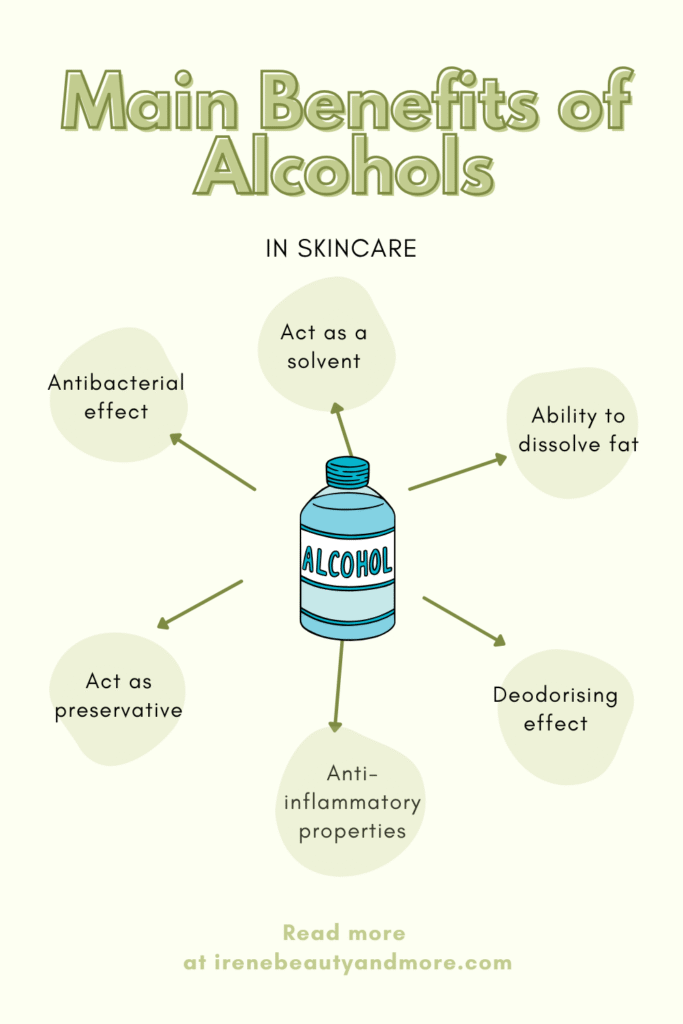
Types of alcohols in skincare
There are three main types of alcohols in skincare: simple, fatty, and sugar alcohols. Let’s see each type in detail.
Simple Alcohols
Simple alcohols are alcohols which contain a short hydrocarbon chain. The most common simple alcohols are methanol, propyl alcohol, isopropyl alcohol, and ethanol (also called ethyl alcohol).
This type of alcohol can dry the skin and irritate it. They are liquid, volatile, and normally act as solvents, preservatives, or vehicles.
Methanol is a toxic alcohol. Its ingestion and inhalation may produce blindness.
Benzyl alcohol is another simple alcohol used in skincare. It is commonly used as a preservative. This alcohol is very harsh on the skin and can produce irritation.
Maybe the most common alcohol is ethanol. In skincare, this ingredient can appear under different names, like ethanol, ethyl alcohol, or simply alcohol. Sometimes you can read in the INCI “alcohol denat”. Alcohol denat is a mixture of ethanol with a small amount of a toxic substance with a similar boiling point. The idea is that due to the similar boiling points between ethanol and the toxic substance, they cannot be separated from the mixture by distillation.
The reason why a toxic substance is added to ethanol is purely economic. Ethanol is used to prepare alcoholic drinks. The taxes on pure alcohol are very high. However, alcohol denat is not suitable for human ingestion, and the taxes associated with it are much lower.
Simple alcohols make products feel lighter, but they can produce skin dryness, irritation, and even breakouts. If used in high concentration, simple alcohols can damage the skin barrier.
As they dry the skin, simple alcohols stimulate oil production.

Fatty Alcohols
Fatty alcohols are straight-chain high-molecular-weight alcohols. The hydrocarbon chain can range from 4-6 to more than 20 carbon atoms. They come from natural fats and oils.
Natural fatty alcohols normally have an even number of carbon atoms, whereas synthetic fatty alcohols have an odd number of carbon units.
Contrary to simple alcohols, fatty alcohols have different beneficial properties. Some of them are:
Thicken the formula
Act as emulsifiers
Act as an emollient
Hydrate the skin
Examples of fatty alcohols are glycerine, cetyl alcohol, cetearyl alcohol, stearyl alcohol, octyldodecanol, lauryl alcohol, and myristyl alcohol, among others. Glycerine is maybe the most common fatty alcohol. It is an amazing humectant ingredient that protects the skin against external damage.
Butylene glycol is also a very common alcohol in cosmetics. This alcohol helps other ingredients penetrate the skin.
Fatty alcohols are suitable for people with dry skin. Any skin type can use cosmetics with fatty alcohol. They don’t dry or irritate the skin. Just the opposite, they are emollient and help the skin to lock moisture inside.
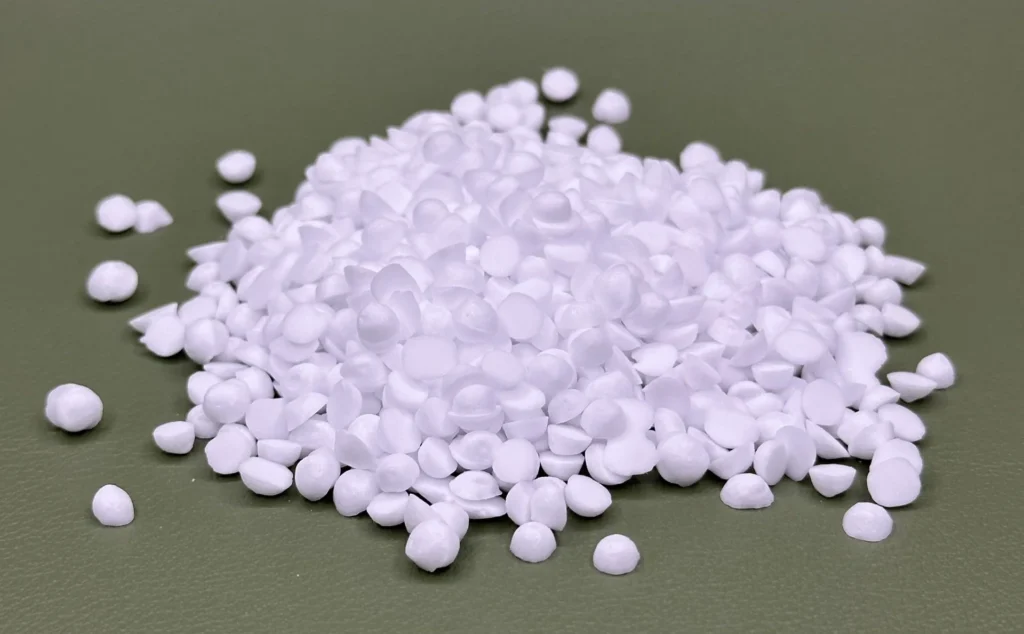
Sugar Alcohols
Sugar alcohols are a type of organic compound that share characteristics of both sugars and alcohols, although they don’t fall neatly into either category. They are typically derived from sugar molecules through hydrogenation and are used in both food and cosmetics. Some common sugar alcohols in skincare include sorbitol, xylitol, maltitol, and mannitol.
In skincare, sugar alcohols function primarily as humectants—they draw water into the skin, helping to keep it hydrated. They also act as skin-conditioning agents and stabilisers in formulations. Their molecular structure allows them to retain moisture effectively without the harsh effects often associated with simple alcohols.
Sorbitol, for instance, is often used in cleansers and moisturisers for its hydrating properties. Xylitol, another sugar alcohol, is sometimes included in products targeting acne or compromised skin because it may help reduce the adherence of bacteria to the skin surface.
Unlike simple alcohols, sugar alcohols are non-volatile and non-irritating, making them suitable for sensitive or dry skin types. They are especially valued in gentle formulations where maintaining skin hydration is a priority.
Sugar alcohols are generally safe and well-tolerated, and while they’re not as emollient as fatty alcohols, they offer a lightweight hydrating effect that complements other moisturising agents in a product.
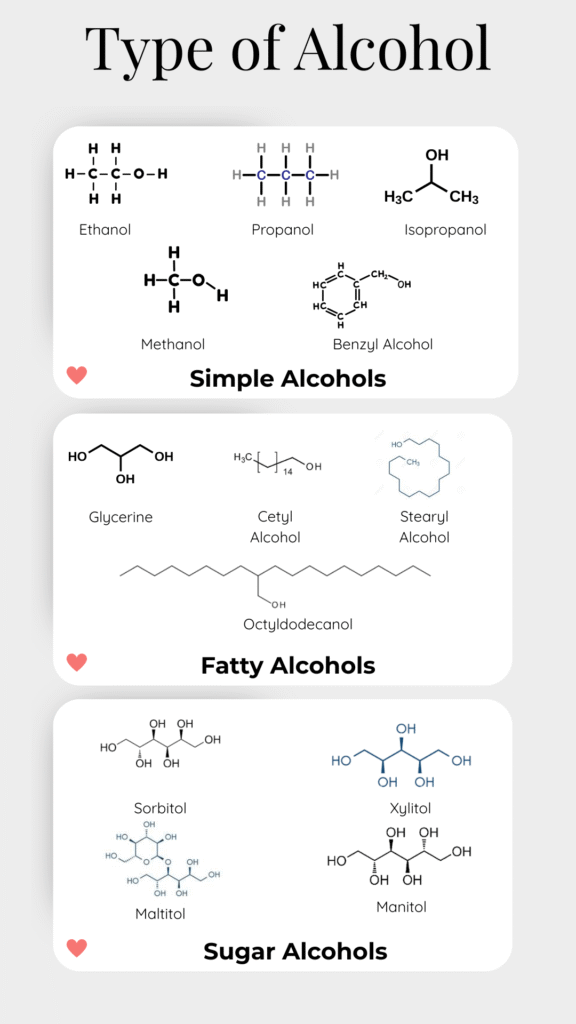
How do alcohols appear on the ingredient list?
I cannot make an exhaustive list of all the existing alcohols and how they appear on the ingredient list. I am going to mention the most common alcohols used in cosmetics:
Ethyl alcohol or ethanol
Alcohol denat. This is ethanol with a compound added to it to make ethanol unsuitable for human consumption. As I explained before, this is a way to reduce taxes.
Isopropyl alcohol. It also appears as rubbing alcohol.
Methyl alcohol or methanol. This alcohol produces blindness by ingestion. It is one of the compounds that can be used to prepare alcohol denat.
Benzyl alcohol. This is a natural alcohol found in some fruits.
Cetyl, cetearyl, stearyl alcohol. These are all fatty alcohols.
Why can we find alcohols in skincare products?
The texture is an important property people check when buying a cosmetic product. Nobody wants a cream that feels like cement on the face. Alcohols are volatile ingredients that improve cosmetics’ texture.
Alcohols are astringent, which means that they help to reduce the sebum the skin produces. Depending on the skin type, that fact may be something good or bad. People with oily skin may like that, whereas people with dry skin may feel their skin is quite tight if they use products containing alcohol.
Alcohols help to avoid bacterial growth, and that is the reason why most of the antibacterial gels contain alcohols. A cosmetic with an alcohol content over 20% doesn’t need to undergo antimicrobial tests.
Finally, I already mentioned that alcohols are good solvents. A huge variety of ingredients are soluble in alcohol. That not only keeps the ingredients in solution but also helps them to penetrate the skin.
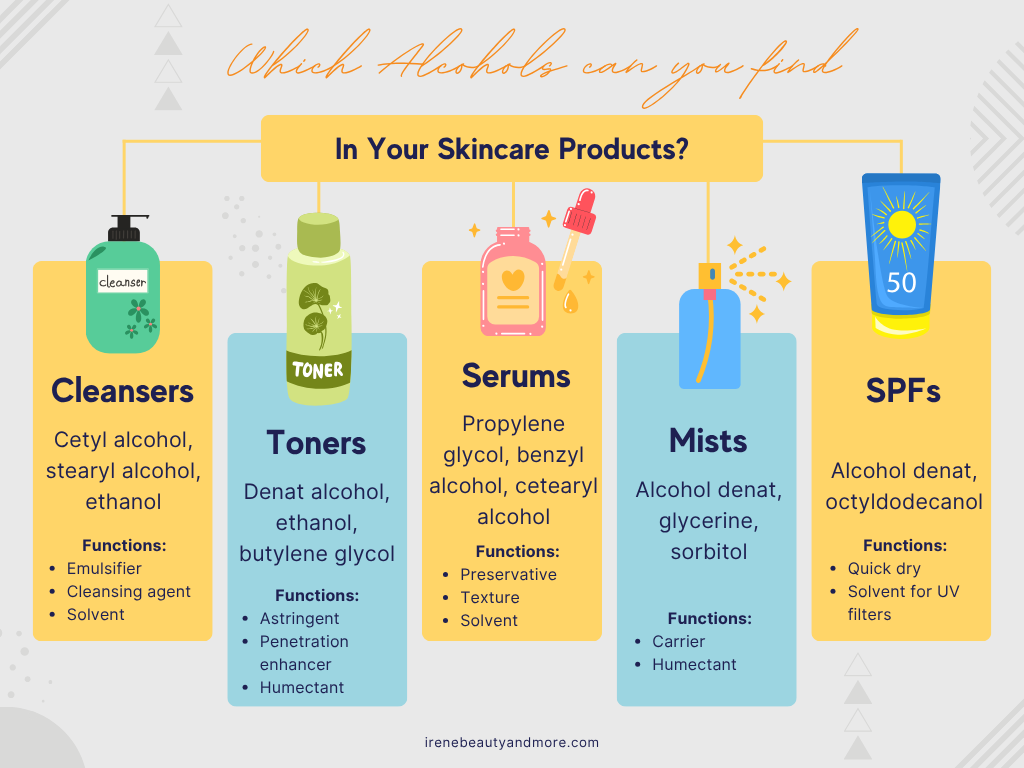
What damage may alcohol produce on the skin?
Alcohol can trigger skin inflammation. Inflammation is the response of the skin to aggression. The skin becomes red, swollen, and hot. This inflammatory reaction involves two different processes:
Vasodilatation. The blood vessels increase their diameter to allow increased blood flow.
Extravasation. The cells in the blood vessels separate to allow the blood to reach the damaged tissues.
There is something that is not clear yet. Alcohol may be responsible for genotoxicity. Alcohol may cause damage to the keratinocyte DNA, producing cancer. However, this is not scientifically proven yet, and I will not talk about it until there are enough studies in one or another direction.

Should I completely avoid the use of alcohol?
The short answer is, depending on the type of alcohol.
Fatty alcohols are good ingredients for the skin, as I already explained, and, therefore, they are safe to use. I would say that the use of fatty alcohol is even beneficial for the skin.
Regarding simple alcohols, it is advisable not to use high alcohol concentrations. At a low concentration (if the alcohol is located at the end of the ingredient list, below the 1% line), alcohols shouldn’t be a problem or cause any damage. However, if your skin is very sensitive, you should completely avoid using them.
Something to keep in mind is that a product claiming to be alcohol-free may contain fatty alcohol. The term “alcohol-free” refers only to simple alcohols.
Are alcohol-based toners bad for dry skin?
Frequent ethanol application can increase transepidermal water loss; however, balanced formulas with humectants can mitigate this effect.
Why include alcohol if it can irritate?
It thins heavy serums for a fast-dry feel, stabilises emulsions and acts as an antimicrobial—useful in acne or scalp products.
How do I spot fatty vs. drying alcohols?
Fatty types end in “-yl/-anol” and appear mid-INCI list; drying ethanol is near the top.
Conclusion
In summary, as with other polemic ingredients, alcohols are not bad per se, and the damage they cause depends mostly on the alcohol concentration. We shouldn’t be confused with the term “alcohol.” They can refer to a nasty product as well as a beneficial one. A misunderstanding of the alcohol term may lead you to avoid highly beneficial ingredients, such as fatty alcohol.
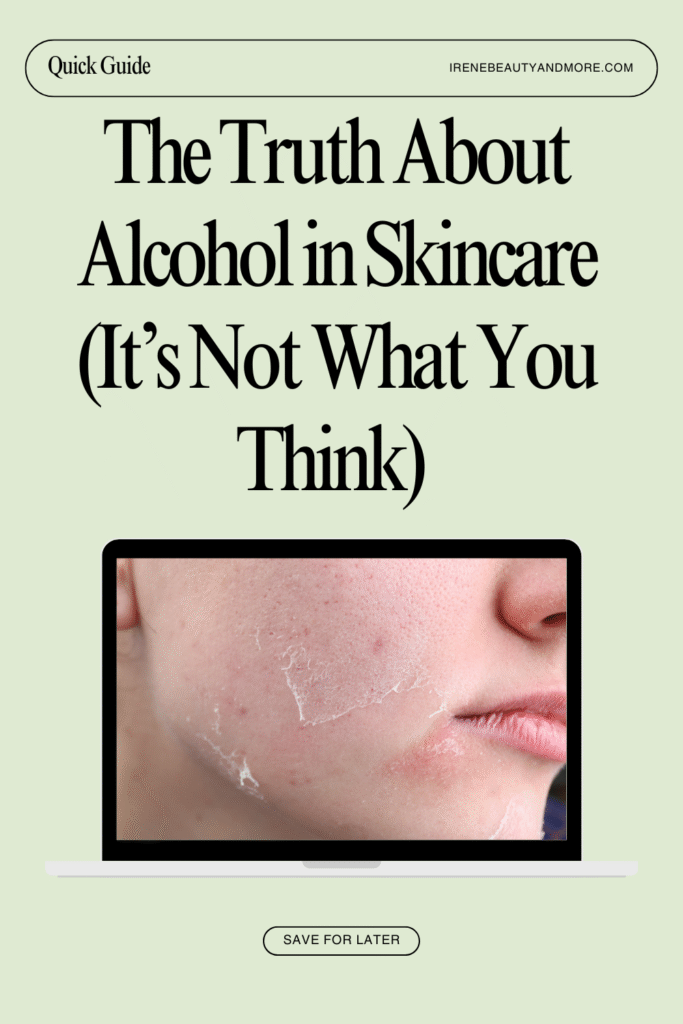
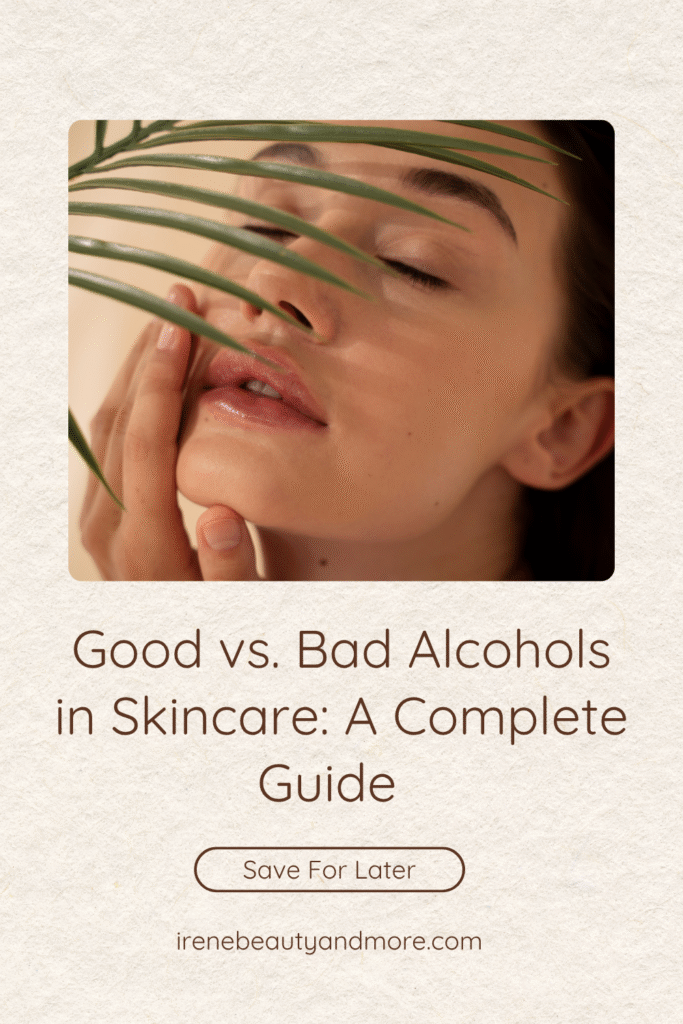
Bear in mind that some of the links in this post are affiliate links and if you go through them to make a purchase I will earn a commission. Keep in mind that I link these companies and their products because of their quality and not because of the commission I receive from your purchases. The decision is yours, and whether or not you decide to buy something is completely up to you.
